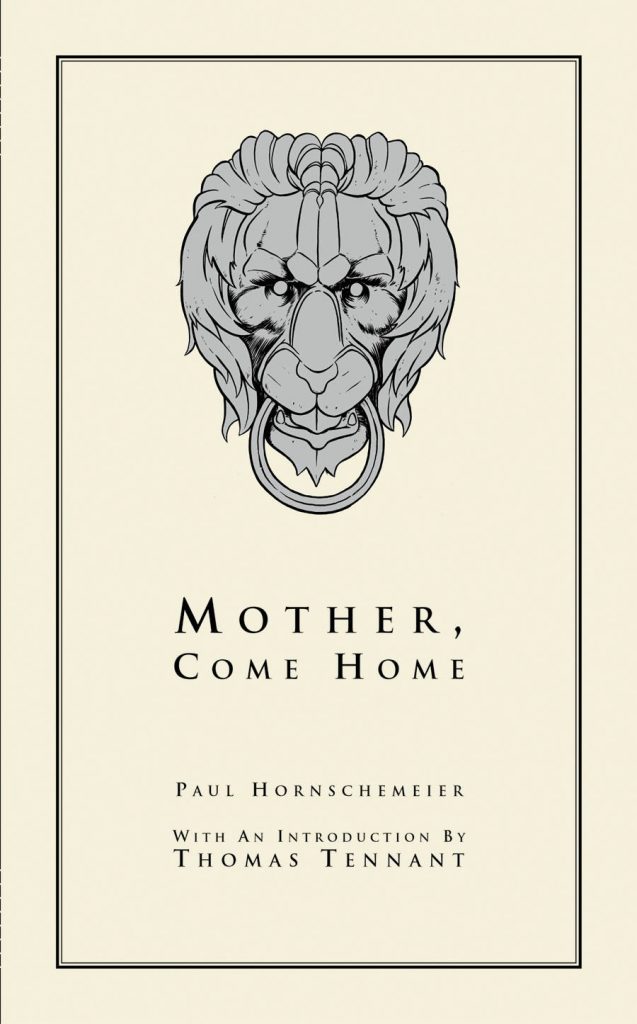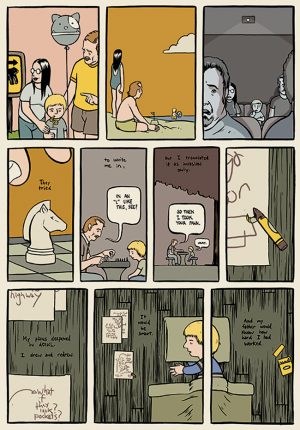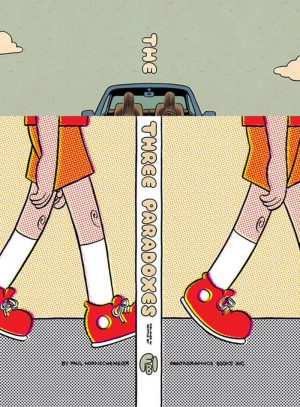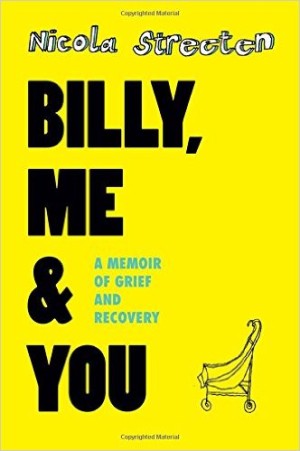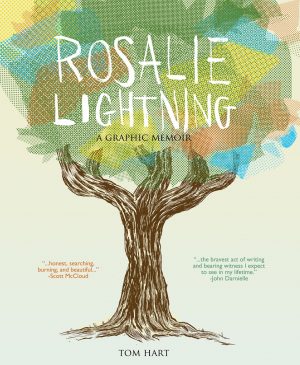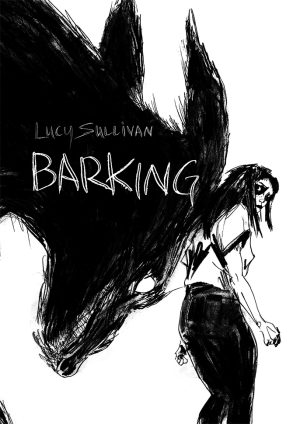Review by Graham Johnstone
Paul Hornschemeier impressed with the stylistic diversity of earlier work and his graphic novel debut, Mother, Come Home, applied some common approaches to the story of a bereaved father and son.
It’s an inherently powerful subject, given added resonance by implied pointers (a dedication, and father/son photo) to personal experience. This perhaps explains an apparent reticence in approaching the subject directly. Instead, it begins with the mathematical notation ‘(T + 16)’, which may mean ‘time plus’ but the following stream-of-consciousness narration, mentions both days and years. It’s later revealed that the father is an academic and logician, offering if not explanation, at least a rationale for use of the device. Nonetheless, for many readers, it will prove a puzzling, even off-putting start. The accompanying visuals are a dream-like sequence of the father’s cartoon avatar floating though an ever-changing landscape. It’s heavily narrated, with fragmentary memories of his late wife written but not shown. Perhaps the most telling piece of narration is “everything was tortuous,” and the tiny handwriting on dark backgrounds fuels that feeling.
After this frustrating opening, there’s a welcome shift in point of view to the young son, Thomas, offering a more naturalistic presentation. It continues to be heavily narrated, presumably by adult Thomas looking back. It’s riddled with awkward phrasings (“I planned brilliant plans of escape”), left-field metaphors (“my aunt and uncle ran unicycles around everything”), and syntactical haemorrhages (“Slowly I elected the flourishing grass her new garden and forcefully forgot…”). The book generally reads as if the budding Hornschemeier, is being faithful to some earlier telling (perhaps journal entries?) at the expense of the (intrinsically powerful) story itself. Vivid images, like a cartoon Thomas carried aloft by an oversized bird, are undercut by verbose narration telling us, for example that it’s a “humid allegory”. Further quirks include an unrepresentative cover, a section structure and contents page suggesting it’s all an ‘Introduction’ and perhaps also some over-reaching metafiction. There’s a further frustration that most of these issues could have been solved with some editing.
Hornschemeier, was already an accomplished storyteller, who’d learnt the arts of timing and pacing. There is powerful imagery here, like Thomas taking over his mother’s role of tending the garden, with his toy watering can. A sequence of the father and his psychologist, is initially hindered by some awkward dialogue. Thankfully, the book develops into a vivid, and poignant account of the father’s reaction and the son’s coping. There’s a powerful irony in the title: it could equally have been called Father, Come Home, making the child’s resolve to help his father very poignant. Events are never predictable, and the story moves towards a powerful conclusion.
Visually, Hornschemeier uses classic comics’ brush inking, with flat but subtle colours. Drops from naturalism into cartoon for little Thomas’s day-dreamings work well, as does the blurry realism of his imagined version of what will happen at the hospital. Some images, like a sandwich with bites out of it, recur with increasing poignancy. The occasional weak drawing, is far outweighed by Hornschemeier’s overall artistry, range, and visual invention.
Is Mother Come Home, all a clever metafiction, about the difficulty of contemplating and recounting such a harrowing story? Possibly, but it’s nonetheless a forbidding and frustrating read, at least until Hornschemeier starts telling the story in dialogue and dramatised scenes. It’s powerful, sometimes poignant and sometimes startling, and ultimately an impressive debut. Out of print since 2009, perhaps it’s time for a revised edition, if it’s not too painful for Hornschemeier to revisit.
